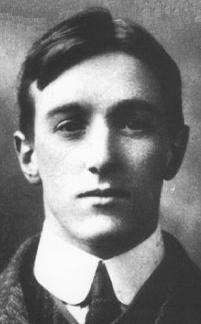Ilmarinen
Usuário
Tom Bombadil: mistério irredutível
Biblioteca Digital Brasileira de Teses e Dissertações (BDTD).
https://bdtd.ibict.br › vufind › Record
Caro Visitante, por que não gastar alguns segundos e criar uma Conta no Fórum Valinor? Desta forma, além de não ver este aviso novamente, poderá participar de nossa comunidade, inserir suas opiniões e sugestões, fazendo parte deste que é um maiores Fóruns de Discussão do Brasil! Aproveite e cadastre-se já!
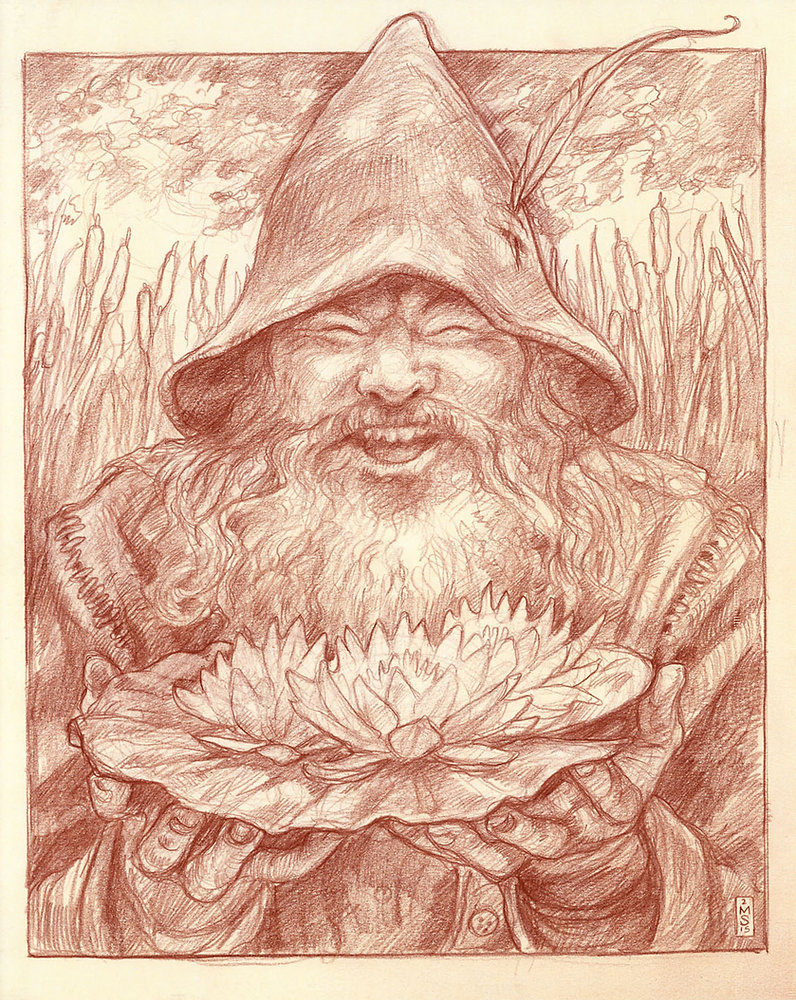
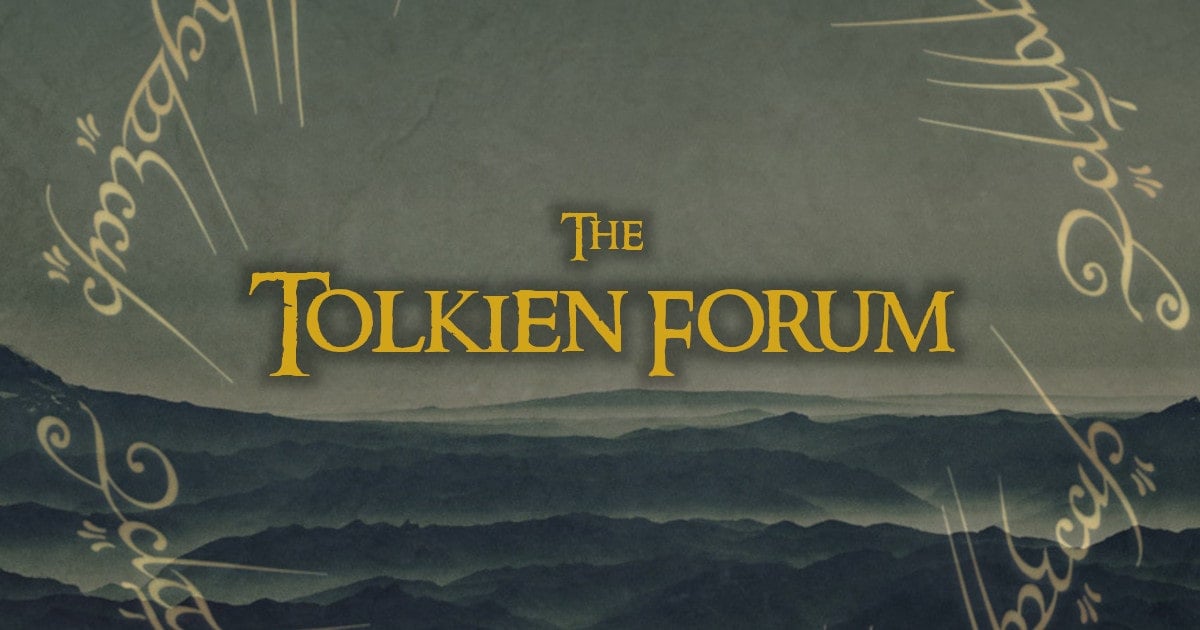
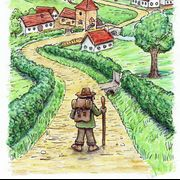
 stephencwinter.com
stephencwinter.com

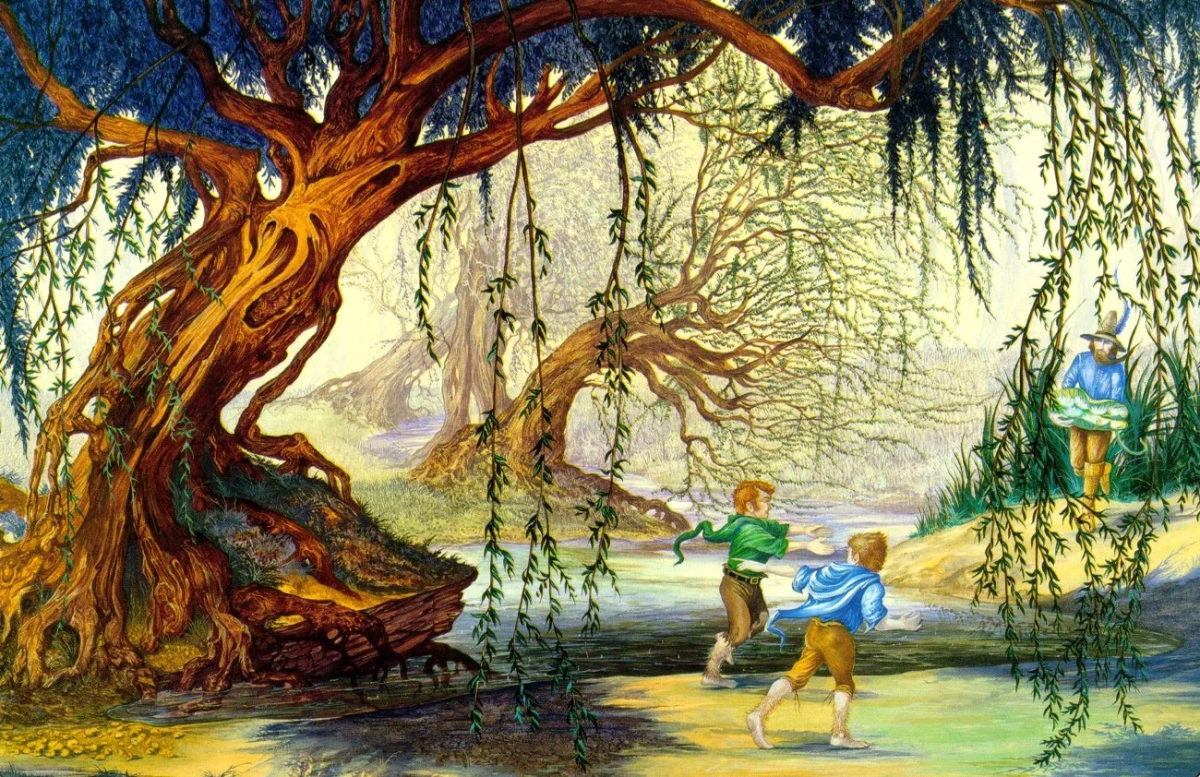
 justanotherjim.wordpress.com
justanotherjim.wordpress.com
 groups.google.com
groups.google.com
Tolkien as Gospel Writer
collectionscanada .gc .ca
https://www.collectionscanada.gc.ca › obj › QMM
de R Syme · 1988
An interesting symbol of the transcendence of history over
nature is Tom Bombadil. Tom is the most enigmatic character in the book.
His name is not mentioned in the lists of Free People and he never
associated himself with either side in the War of the Rings. We are
aware because of his rescue of the Hobbits from Old Man Willow and his
remark that some of the trees had "bad hearts" that Tom was in sympathy
with the Western Powers, but in a real sense the battle was not his
battle. The Ring had no power over him. He had little interest in it
and Frado did not become invisible to him by wearing it. "Tom was here
before the rivers and the trees; Tom remembers the first raindrop and
the first acorn. He made paths before the big people and saw the little
people arriving." 3 ' The implication of Tom's statement is that he was
present at creation yet there is no hint that he was in any sense a
creator.
136.
1 The Lord of the Rings, 1.256.
2
•
The Silmarillion, p,42.
3
•
The Lord of the Rings, 1.182.
• Asked who he was, Goldberry responded, "He is. He is
as you have seen him."" Tom answered Frodo's question, "Don't you
know my name yet? That is the only answer...Eldest. That's what I am."2'
Elrond said of Bombadil, "Iarwain Ben-Adar we called him, Oldest and
Fatnerless." 3 ' Tom was called "The master of wood, water and hill,"4'
but a careful distinction was maintained between mastery and ownership.
"The trees and the grasses and all things growing belong each to
themselves," said Goldberry. "Tom is the master."5-
In his letters Tolkien states that Bombadil is intentionally
enigmatic, 6 ' but notes that "I put him in because I had already invented
him." 7. Tolkien had submitted the Bombadil poems to Stanley Unwin in
1937, well before he thought of connecting The Hobbit and The Silmarillion.
He had described Bombadil as "The Spirit of the (Vanishing) Oxford and
Berkshire countryside."' As he appeared in The Lord of the Rings he
was still the same character somewhat expanded and refined by the
demands of the tale. He conversed with birds and beasts, with barrow-
wights and trolls. He won his bride, the song says, by capturing her
The Lord of the Rings, 1.182.
ibid., 1.182.
3 ibid. 1.347.
4 ibid., 1.174.
5 ibid., 1.174.
6. Letters, p.174.
7 ibid., p.192.
8. ibid., p.26.
137.
• from her mother the river sprite, who lived in the Withywindle. By
the power of his singing he forced Old Man Willow to release Pippin and
Merry. Obviously Tom was not estranged from the rest of nature as
fallen mortals are. However, because he doesn't fit into the inner
consistencies of Tolkien's created world, Tom is not an entirely
successful character. Thomas Gasque finds him, like the Balrog and
Shelob, difficult to believe in because they have no mythological
roots and aren't part of the framework of the story. l. Roger Sale
calls Tom "an invention rather than a creation," for the same reason.2*
An intriguing theory of his significance is advanced by
Timothy O'Nei11. 3 * In her Mythology of Middle Earth Ruth Noel traced
the derivation of the word "Bombadil" from the Middle English words for
"hidden and humming." O'Neill ties this to the song of the Valar and
postulates that Tom was part of the unrevealed intention of Iltivatar
in creation. 1" This would place Bombadil's appearance prior to the
rebellion of Melkor and the beginning of evil. He would therefore
enjoy immunity to the Ring. O'Neill suggests that he is a sort of
"primordial man", undifferentiated because he was in the song rather
than the act of creation within time.
"Tolkien, the Monsters and the Critters," in Tolkien and the Critics,
p.158.
"England's Parnassus," in Tolkien and the Critics, p.221.
The Individuated Hobbit, p.121ff.
"To none but himself has Iltivatar revealed all that he has in
store, and in every age there come forth things that are new
and have no foretelling, for they do not proceed from the past."
The Silmarillion, p.18.
138.
•
•
The special aspect of the creation of hu T dan. beings, the freedom to
shape their lives beyond the music of the Ainur, makes O'Neill's
theory interesting. The distinction between Bombadil and all other
creatures would be the difference between essence and existence;
Tom would represent Man as God originally conceived him, the people
of Middle Earth, Man as he takes his place in History. Tom does not
enjoy Free will, but neither is he subject to estrangement and death.l.
If Tom is a sort of pre-lapsarian Adam, the rather enigmatic bit of
information that Tom named each of the ponies and they answered to
their new names as long as they lived might be explained by comparison
with Genetis 2,:19
"Whatever the man called every living creature,
that was its name."2•
It is clear that whether Tom is a nature principle, an
undifferentiated Adam or something else again, he stands outside normal
historical events such as the making of the Ring. If he were entrusted
with hiding it from Sauron, Bombadil would soon forget about it
"It is one with this gift of freedom that the Children of Men dwell
only a short space in this world alive, and are not bound to it,
and depart soon, whither the Elves know not." The Silmarillion, p.42.
Yet another interpretation is advanced by Deborah and Ivor Rogers,
who suggest that Tom represents Wisdom.
"The Lord created me in the beginning of his ways...I was playing
before him at all times, playing in his world."
"This Biblical connection puts Tom's unparalleled levity in a new
light. In having him the consort of the nymph, Goldberry, singer
of the rain, Tolkien shows his ideal as a union of consciousness
with nature; hence the shining forth of cosmic harmony in their
household." (J.R.R. Tolkien, p.101.) Also note Kirk L. Thompson
"Who is the Oldest," Tolkien Journal 15, summer 1972, pp.16-17.
139.
•
• 140.
or lose it. "Such things have no hold in his mind." Yet in spite of
his immunity to the Ring's effects, Tom is not invulnerable. "Power
to defy our enemy is not in him unless such power is in the earth it-
self. And yet we see that Sauron can torture the very hills." History
transcends nature. "In the end, if all else is conquered, Bombadil
will fall last as he was first, and then night will come." 1• As Glover
comments, the end remains a mystery. "Despite the overtones of trans-
cendent purpose there remains the sometimes overwhelming threat of
proximate evil in the immediate context of one's existence.” 2. Not
knowing the outcome is what makes decisons real and gives them moral
seriousness. The actions of each character become meaningful by their
relation to the gigantic struggle which is being waged between Good and
Evil.

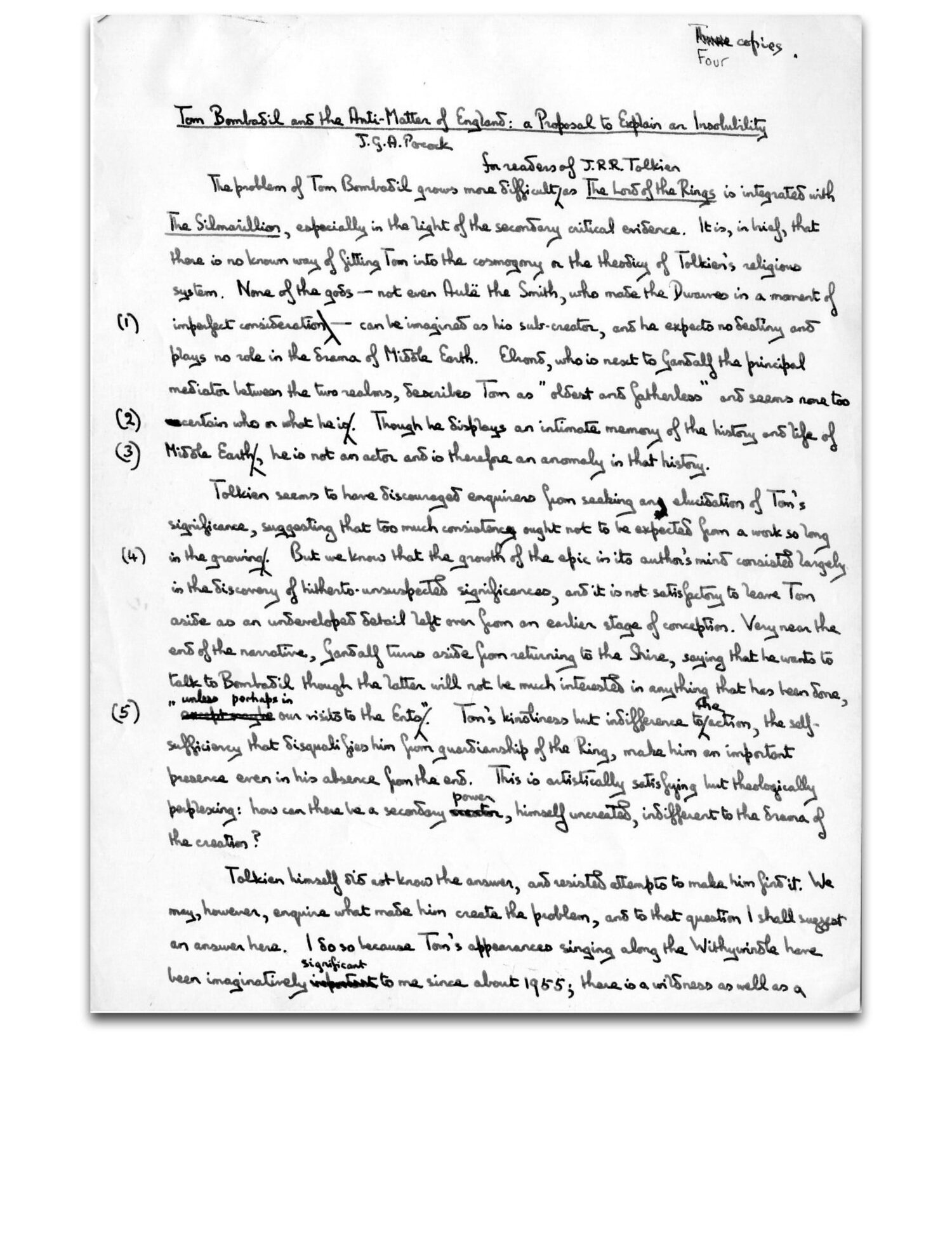
Tom Bombadil: Peeling the Onion
Once upon a time, way back around 2005, the place to discover the meanings of Middle-earth was an internet forum named The Lord of the Rings fanatics plaza. I only enterted the plaza around a decade later, when it was already moribund. Indeed, my wanderings reminded me of the time-travellor in H.G. Wells’s story who discovers an ancient museum, covered in dust but still full of marvels. And at the heart of this great, sprawling, delapidated yet homely museum was a thread of extraordinary length in which, like the gnome inside the famous chess automata of Wolfgang von Kempelen, the late halfir peeled the onion that is Tom Bombadil.
I’ve been looking at halfir’s thread ‘Tom Bombadil: Peeling the Onion,’ which was saved in word document from the ‘Fall of the Plaza’ (a story I do not know) and made available to me by the kindness of Troels Forchhammer and Sue Bridgewater. The word document -180 pages! – is fascinating: brilliant, flawed, and itself a time capsule.
Halfir reminds us of a world now gone, in which the natural reference was Malorn or Amon Hen rather than Tolkien Studies and JTR, when the printed authorities were Scull and Hammond (icons of accurate quotation), Shippey, and Flieger but the world of engagement was the whole world of Tolkien discussion that the internet had now expanded and brought together. For halfir is not engaged in an academic dispute with the scholars, but in a general crusade against all the wrong-headed idiocies spouted about Tolkien and Middle-earth by other Tolkien fanatics – not those of the plaza, who are part of the machinery that will arrive at collective wisdom – but in the wider world beyond.
I really like halfir as I find him in these posts because I recognize the same, not entirely rational rage on finding people spouting nonsense about Middle-earth. And it is, of course, testimony to his genius that he singled out for his painstaking and patient analysis the mother of all nonsense: Tom Bombadil.
As an argument, or a series of analyses, ‘Peeling the Onion’ reveals both the strength of this medium and this era of Tolkien-discussion and, at least from my own perspective, their limitations.
Halfir begins by assembling all the evidence. In doing so he is helped by the legendary geordie, plaza ‘librarian’ and guardian of textual accuracy who has to hand all the printed versions (we must appreciate how much labour the recent scholarly editions save). I cannot praise this first third of the thread highly enough. Thanks to halfir (and geordie) I can (and you could, if this thead is ever re-published) walk step by step through Tolkien’s developing expressions of his imagination of Tom Bombadil.
But it is the minute analysis of the evidence that is so impressive. The 1934 poem (which is by no means the origin of Tom Bombadil let alone the ‘germ’) has no woods or forest, for example, and Bombadil escapes capture by Old Man Willow and others by speaking rather than singing. These observations are priceless in any attempt to understand what Tom Bombadil was for Tolkien.
And yet… Halfir warns that we must not judge earlier imaginations teleologically, seeing them as steps towards the Bombadil we know, but must strive to understand each imagination for itself. This leads him to the clear and definitive conclusion that Tom Bombadil was invented outside the legendarium of Middle-earth and assimilated into it. While taking this great step, however, halfir’s analysis is still rooted in a teleology in which The Lord of the Rings (as we know it) eclipses everything else.
I give one illustration, by way of this important letter by Tolkien to his publisher in December 1937.
And what more can hobbits do? They can be comic, but their comedy is suburban unless set against things more elemental. But the real fun about orcs and dragons (to my mind) was before their time. Perhaps a new (if similar) line? Do you think Tom Bombadil, the spirit of the (vanishing) Oxford and Berkshire countryside, could be made into the hero of a story?
Halfir makes much of this letter. He observes, for example, that this is the first mention of ‘the spirit’ of the countryside (and he acutely contrasts this spirit with the idea in the 1938 drafts of the story that Bombadil and Farmer Maggot are kin, noting that spirit won out over body in the idea of Tom Bombadil). But he does not step back sufficiently from The Lord of the Rings to note that Tolkien writes this letter only a few days before he sits down and begins a sequel to The Hobbit, the first notes of which forsee an adventure in the Old Forest with Tom Bombadil and Barrow-wights.
Now, as halfir could have seen if he had spent more time pondering Return of the Shadow rather than reading it as merely a passage into The Lord of the Rings, in 1938 the sequel was envisaged as about the same size as the original. This means that the adventure in Tom’s land was imagined as a main part of the new story, which in turn suggests that Tom Bombadil has a peculiar relationship to the magic ring that, from the start, was placed at the center of the sequel. Tolkien’s imagination of Bombadil as a ‘similar line’ to Bilbo Baggins is waiting to be reconstructed…
This is not the only point where I would fault the analysis, but it is major and indicative. Here is a key moment of imagination, in 1938 when the story of Tom’s realm as we know it was composed, which halfir walks past. From this point, I would say, his ongoing labour to understand Tom Bombadil, however much light it may throw on this or that point, is doomed.
Halfir could have seen this but did not. I think this partly reflects the time it takes people collectively to digest a new text (Return of the Shadow). But I wonder if an online forum like that in which Halfir was thinking out loud hinders such digestation because of a conservative pull from those around?
Jumping to halfir’s analysis of the powers of Tom Bomadil (his nature), I am not impressed. To explain my disapointment take note of how his thread begins:
I will start it by simply listing some of the many views as to who or what Tom is. It is not intended to be comprehensive. Some of them might surprise you!
The Many Headed Hydra- Interpretations of Tom
Tom is:
Adam (and Goldberry is Eve- both are in their unfallen state)
Aule(And Goldberry is Yavanna)
A being thrown-up at the beginning of time
The Brown Man
The Chieftain of Birds
One of the oldest inhabitants of King Bonehig’s kingdom
The Christian concept of stewardship
Christ (almost)
A daimonic being who lived before history
A Dutch Doll
The spirit of Ea itself
Earth’s Gaia
Eru
Eru’s representative in ME
An Enigma
The FIsher KIng
The Green Man
The Jungian concept of the ’Original Man’
The last Moorish King of Granada
A Maia ’gone native’
A Maia of Yavanna
The last Maia to enter Ea
A Merlin type figure
The spirit of ME
A nature spirit
A nature sprite
The embodiment of nature’s moral neutrality or ambiguity
Embodies Nature’s pattern
The Spirit of Nature
A spirit of the vanishing Oxford and Berkshire Countryside
A pre-existing spiritual being who became embodied as the spirit of nature
The One
Orome
Pan
Puck
The Reader
The opposite of Shelob but amoral
A spontaneous generation from the land
JRR Tolkien
Tulkas
Ulmo
Uncle Tim’s nephew in The Root of the Boot in The Advenures of Tom Bombadil
Based on Vainamoinen from the Kalevala
Wayland Young
The list goes on!
N.B. I am indebted to Charles Noad’s compilation of the various interpretations of Tom in Leaves from the Tree for much of this list.
The implicit promise is that, by way of meticulous textual analysis, we will escape this collective insanity. But when we get to the grounds of things it seems that really the point of the exercise is to make a choice from this list (halfir’s Tom Bombadil is, basically, Adam).
Halfir’s problem is that, having interrogated all the evidence he still finds a gap between what Tolkien wrote and what he evidently imagined and (naturally) looks to other authorities for help. But either the authorities are flawed or what halfir makes of them is, for the result is as implausible as any of the theories he lambasts.
Halfir quotes this passage from Tom Shippey’s Road to Middle-earth (halfir’s insertion is in bold):
Tom names something (as he does with the hobbit’s ponies) the name sticks- the animals respond to nothing more for the rest of their lives. There is an ancient myth in this feature, that of the ‘true language’ , the tongue in which there is a thing for each word and a word for each thing, and in which signifier then naturally has power over signified – {cf. the Ancient Egyptian and Platonic beliefs referred to above, and Barfield’s concept of ‘semantic unity’} language ‘is omomorphic with reality’ once again. It is this which seems to give Tom his power. [Note to self: check halfir’s quote in Road]
I cannot but blame Shippey here. He might walk free from a court of law by pointing to his lack of explicit endorsement (‘It is this which seems to give Tom his power’) – but so might a Venus flytrap defend itself against charges of false advertising. In any case, Shippey holds out a poisoned chalice and halfir grasps it firmly with both hands.
The idea is that Bombadil is a kind of Adam (Eldest) who enjoys what in Ursula Le Guin’s Earthsea is the power of magery: by singing the true names of all in his realm he is Master.
What to make of halfir’s editorial insertion? Earlier, Shippey had commented that Bombadil’s language “tends to be strongly assertive or onomastic, mere lists of names and qualities.” Halfir comments:
It is significant that Shippey chooses to use the term ‘onomastic’. At its simplest level an onomasticon is an alphabetic list of proper names, especially of persons. The Ancient Egyptians produced Onomsaticons – one of the most important being that of Onomasticon of Amenemipet.
All right and proper. But then comes this nonesense:
The Ancient Egyptians believed that a word contained all the properties of the thing, a belief we also find in Plato’s Cratylus in his exposition on the nature of language. Plato concludes that words are not arbitrary labels, and that they can only be given by a name –maker who is ‘of all artisans the rarest among men.’
Hold on? After blasting anyone who dares make a hypothesis about Tom Bombadil without evidence we are suddenly swimming in a sea of unsubtantiated (and erroneous) declarations. There is a jump here from the fact that the ancient Egyptians wrote such strange lists to the idea that such lists are magic formulae – on what grounds are we to believe they believed a word gave power over a thing? And we do not find the belief that a word contains all the properties of a thing in Plato’s Cratylus. Naturally, halfir also dips the bones of Owen Barfield into an already dubious soup (bold in original):
Owen Barfield- a neo-Platonist and fellow Inkling, influenced both Tolkien and Lewis tremendously with this concept of semantic unity – a linguistic philosophy which essentially meant that signifier and signified had a commonality– which he called ‘semantic unity’. Tom Bombadil is a name-maker…. And Tom- like the language he speaks- or sings- is of that early age – before the semantic unity was shattered and the light became splintered.
But Barfield is concerned with the relationships between words we know as metaphor and does not say anything about a commonality of signified and signifier. What is more, Barfield’s ‘original semantic unities’ refer to very long words, irregular conglomerations of sounds, quite different to the simple lists of names and qualities of either Tom Bombadil or an Egyptian Onomasticon.
We have stepped into babble. Shippey gives a lead and halfir takes it. The lead is wrong and halfir takes it further into nonsense with this piffle about the ancient Egyptians, Plato, and Barfield. His conclusions are as bonkers as anything else out there about Tom Bombadil in the big wide internet:
And so Tom is linked – by his very being- with the Ancient Egyptian Onomasticons where the word contained all the properties of the thing, to Plato’s Cratylus, to Barfield’s ‘semantic unity’ and Shippey’s ‘true language’.
I don’t know what to say, really. The beginning was so bright, the responsibility surely rests with Shippey no less than halfir, but I am left with this feeling that all this early 21st-century technology, by which halfir built an online machine to peel the onion that is Tom Bombadil, acted as another time machine and took halfir and all who sailed with him back to 1975.
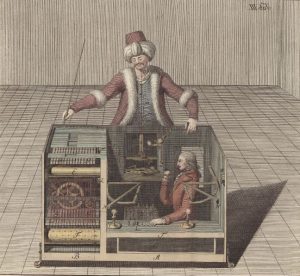
This entry was posted in Tom Bombadil on November 22, 2018 by simon.
